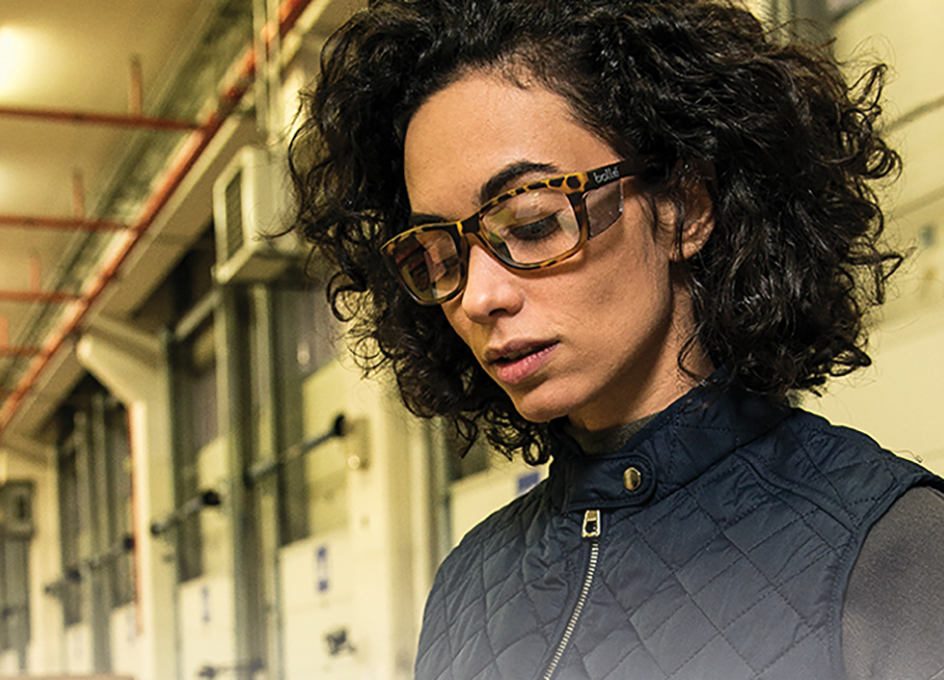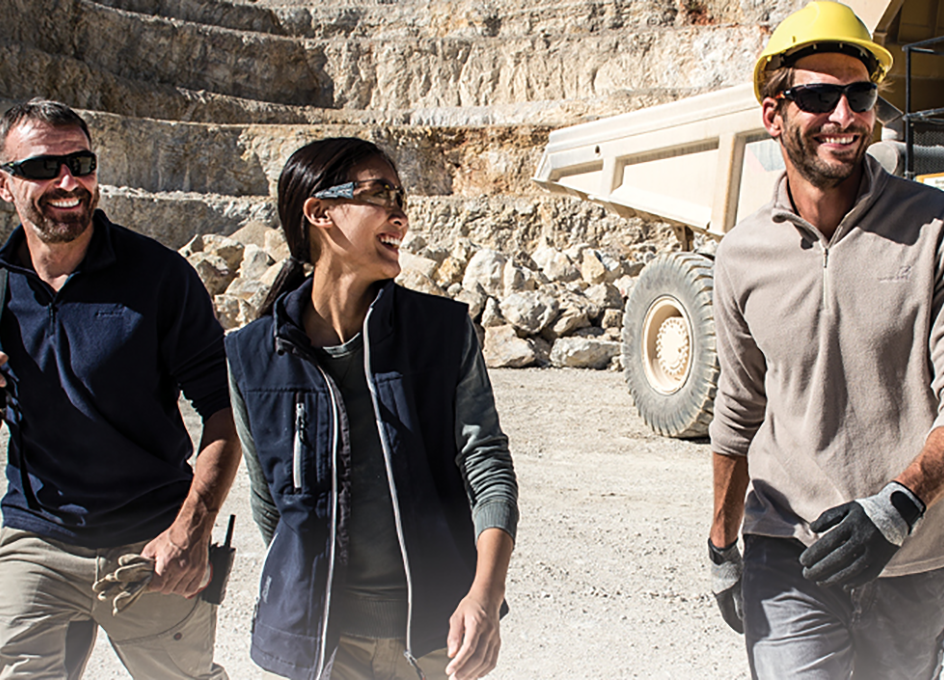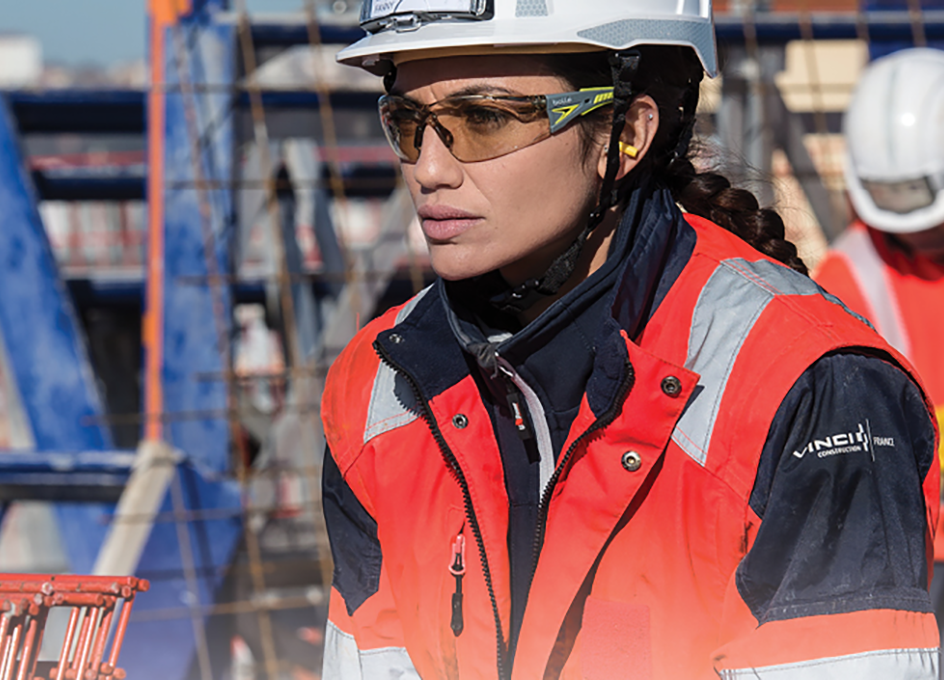The labour-intensive nature of the mining industry has led to the development of some well-established safety protocols, including those relating to eye protection. While choosing safety eyewear that meets the requirements of the relevant standards (AS/NZS), employers can do more to protect workers’ eyes. According to Comcare, approximately 59% of work-related eye injuries are caused by a foreign body in the eye. Not surprisingly, most of these injuries occurred when the patient was not wearing any protective eyewear or incorrect eyewear for the task.
Reasons for this vary, from lack of safety eyewear knowledge or discomfort and visibility issues when wearing the glasses. A significant reason for not wearing the correct eyewear is due to the unsuitability of the eyewear for the conditions in which they are used, rendering the eyewear uncomfortable, or causing vision impairment due to scratching, fogging, or incorrect lens colour for the lighting conditions.
Many of the working environments that require eye protection have additional factors, other than the work itself, that should be taken into consideration when choosing the appropriate eyewear, on top of the safety standards required for the task. For example, the hot, humid conditions of an underground mine favour eyewear that is resistant to fog in order to be useful and maintain visibility for the wearer, but there is no need for the glare/UV protection offered by many models. A clear lens is ideal for perfect optical quality in indoor environments, and an anti-fog, anti-scratch coating such as Bollé Safety’s Platinum®, can help ensure the wearer’s comfort and safety by ensuring maximum visibility as well as protection. In addition, for enclosed or sealed eyewear, vents that allow airflow can further reduce fogging, while preventing dust entering the eye. There is a vast array of options for protective eyewear available, and it is important to consider the conditions and hazards the wearer will be exposed to, in order to find the best combination of features for maximum protection.

 1800-HEATLEYS
1800-HEATLEYS











